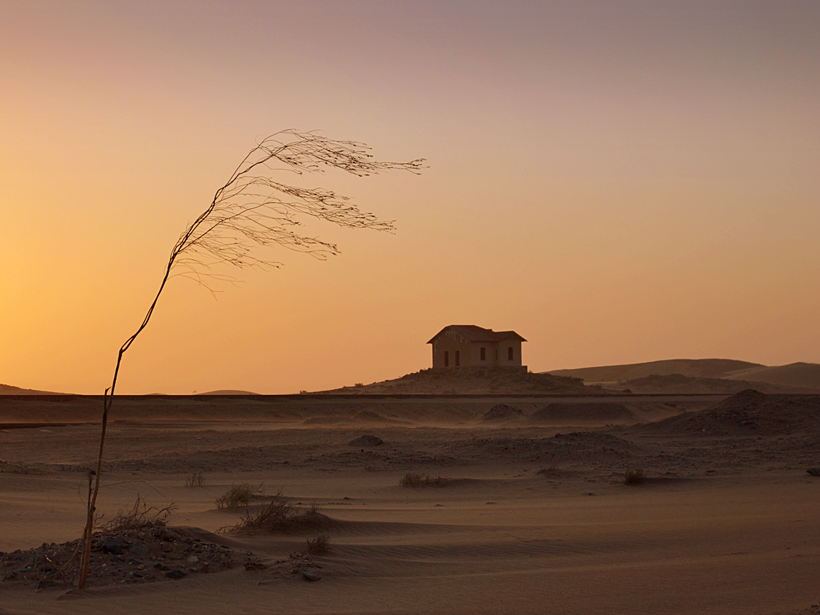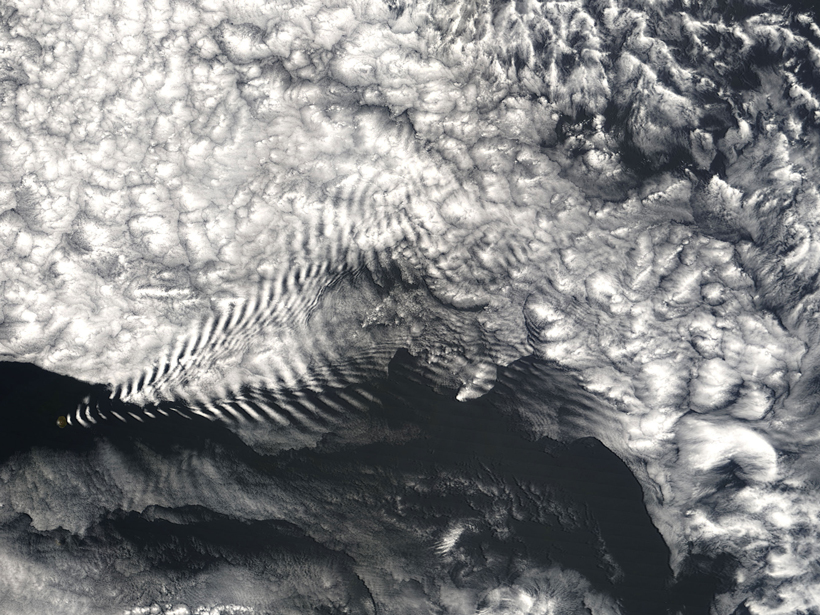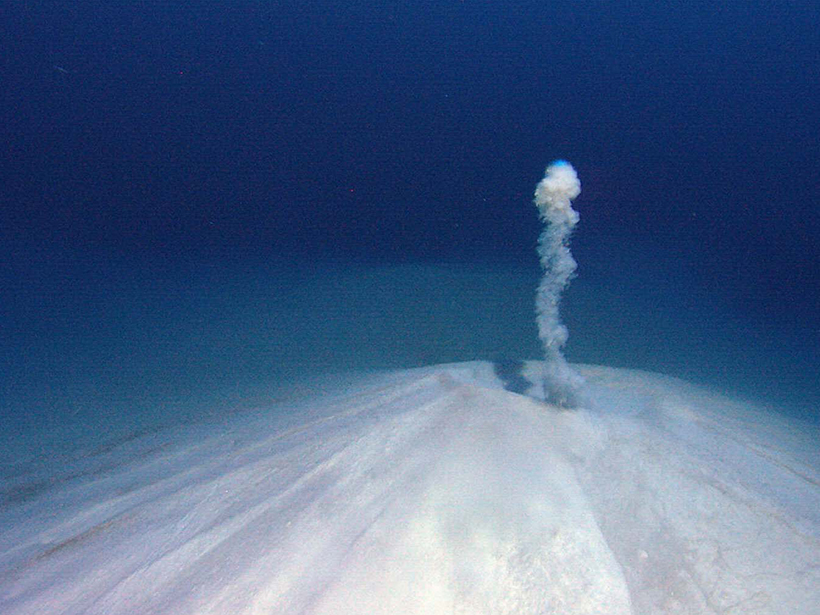Combining vegetation distribution models and sediment transport models offers a better understanding of how dryland environments change in response to different factors.
Modeling
An Improved Model of How Magma Moves Through the Crust
Researchers have developed a new numerical model that can, for the first time, solve for both the speed and the path of a propagating dike.
Looking Up: Taking Photos May Improve Climate Models
Snapshots of clouds taken from the ground reveal orders of magnitude more detail than satellites.
What Regions Are Most at Risk for Ice Loss in East Antarctica?
Scientists model the impact of environmental warming on ice drainage basins in the less studied East Antarctica.
Modeling Permafrost's Role in the Global Carbon Cycle
A team of international scientists surveyed an array of Earth ecosystem models, recommending several ways to reduce uncertainties.
When Lower-Atmosphere Waves Invade the Upper Atmosphere
A review of the literature shows that weather nearer Earth's surface could produce up to 35% of the ionosphere's variability.
Synthesizing Our Understanding of Earth's Deep Carbon
The Deep Carbon Observatory is entering a new phase, in which it will integrate 10 years of discoveries into an overarching model to benefit the scientific community and a wider public.
Swirling Eddies in the Antarctic May Have Global Impacts
A new model examines how eddies in the Antarctic Circumpolar Current affect volume transport of the world's strongest current.
Fingerprinting the Source of Fore-Arc Fluids
A new model tracks boron and other tracers in fluids expelled from subducting slabs to help identify the fluids' source regions and migration routes.
Andrew G. Slater (1971–2016)
Andrew "Drew" Slater, land modeler extraordinaire, died on 9 September 2016. He was 44 years old.









